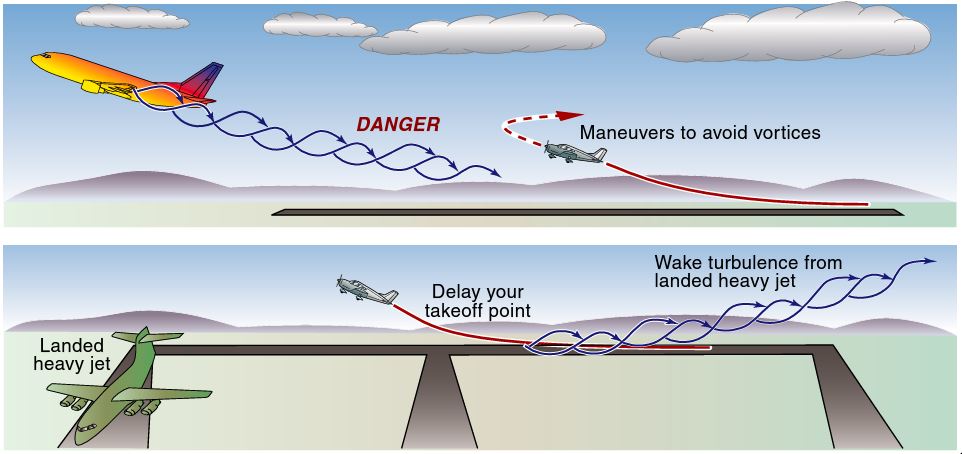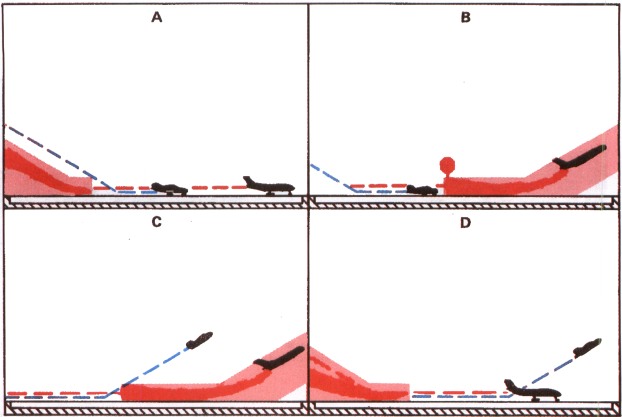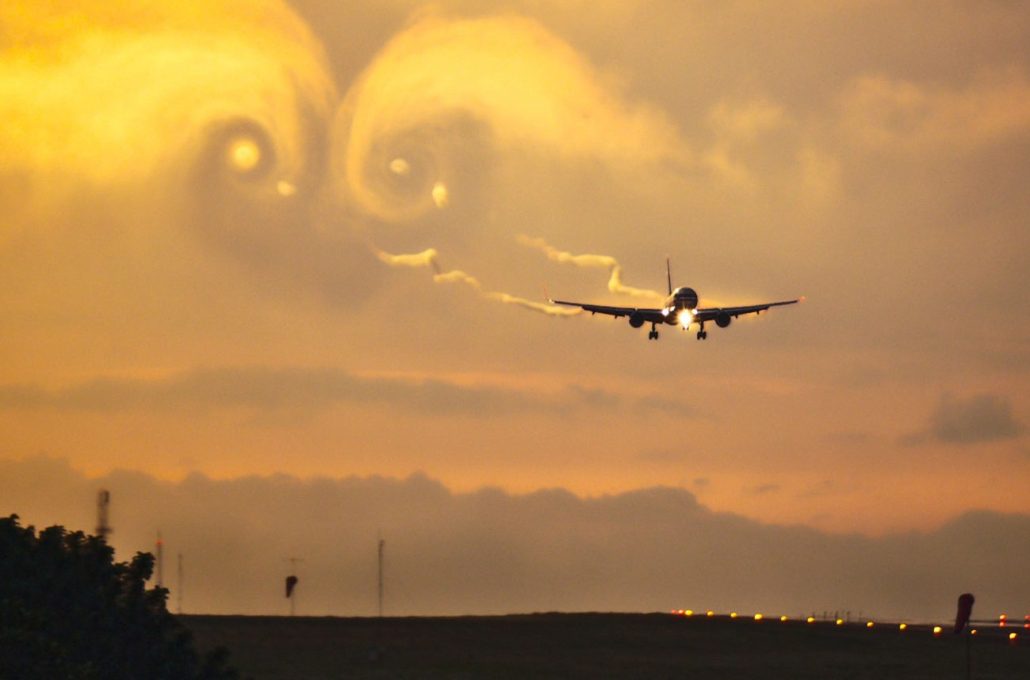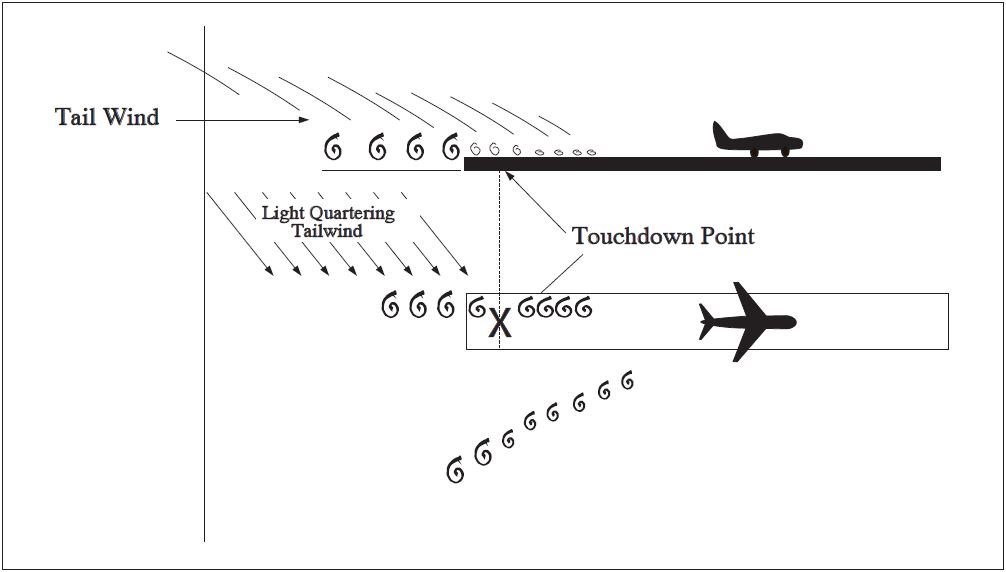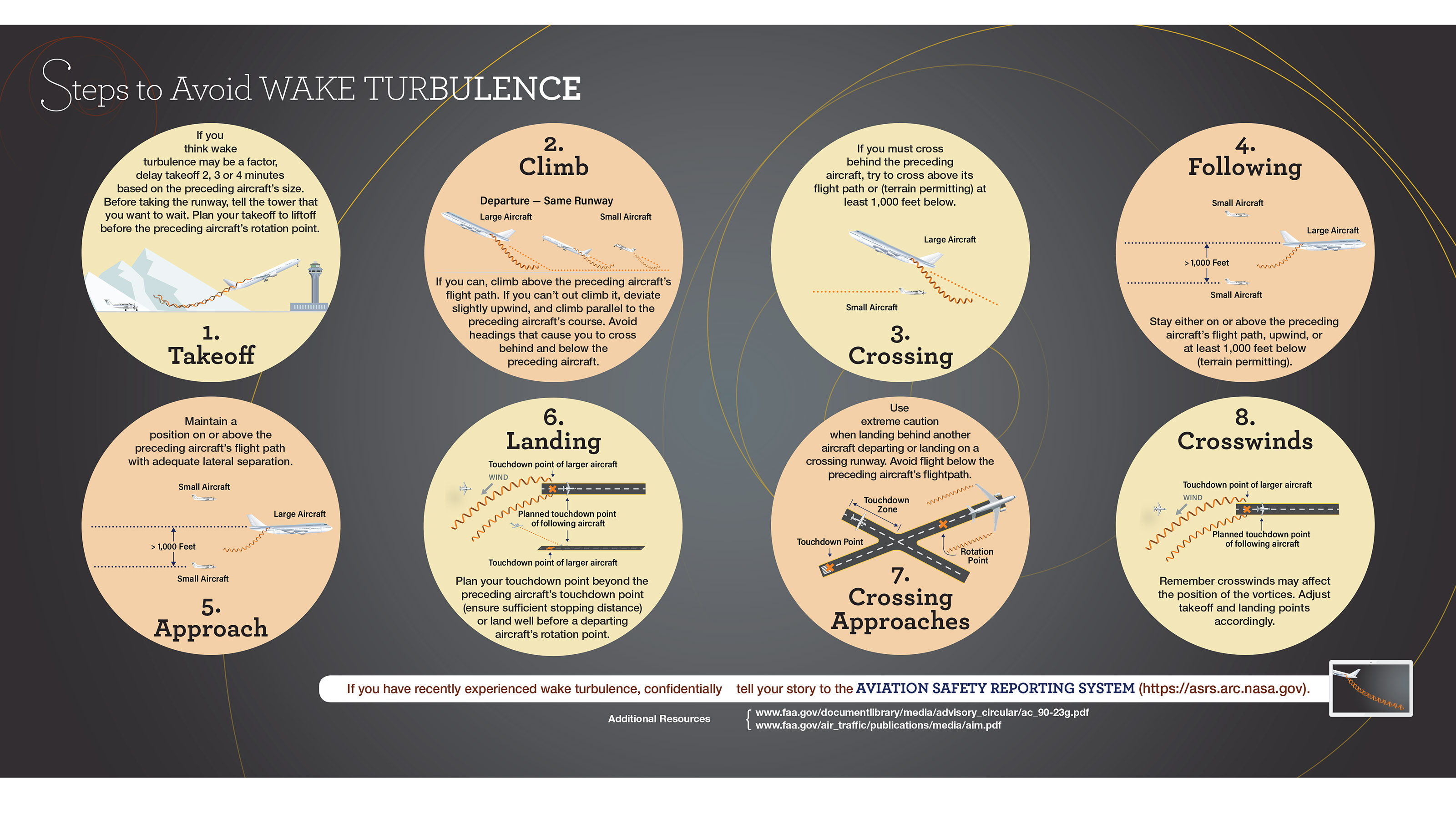Glory Tips About How To Avoid Wake Turbulence
Then, once you depart, avoid crossing behind and below the preceding plane.
How to avoid wake turbulence. Avoiding wake turbulence on takeoff is a bit trickier, because larger aircraft often climb much faster than ga airplanes. In addition to spacing, timing can be used during takeoffs and landings to help avoid wake turbulence. Serious wake turbulence is created by “serious” aircraft;
For example, when departing after a larger aircraft, one should rotate. Rotate prior to the point at which the preceding aircraft rotated. Flight planners and aircraft crews will study enroute weather charts and forecasts and choose the best routing to either avoid areas of turbulence completely, or to minimise time.
Sign up for free study content100% free private pilot exam flash cards with over 250 faa written exam questions and 3 free practice tests: If you have no choice but. Here's what the faa recommends to avoid wake.
Research and testing have been conducted, in addition to ongoing wake initiatives, in an attempt to mitigate the effects of wake turbulence. The number one wake avoidance method is simply not to get too close behind or, especially, behind and. Vincenzo pace | simple flying.
Between aircraft to avoid wake turbulence, pilots should ask atc for updates on separation distance and groundspeed. Pilots must exercise vigilance in situations where. Since the jet's climb performance is likely greater.
Avoiding wake turbulence on takeoff. At low altitudes or slow speed, increase the power. Controllers must leave sufficient space behind a380s to allow following aircraft to avoid its strong wake.


